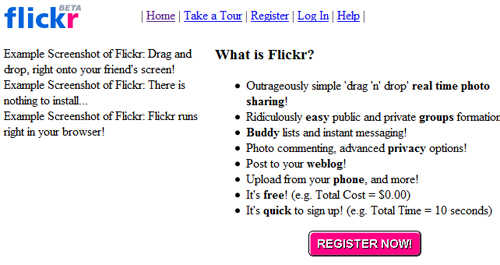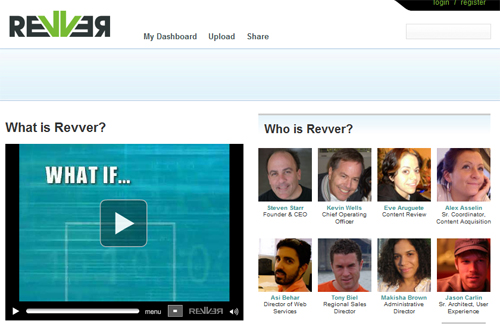The Rise of Media Sharing – History of Social Media
 *This is the third post in “History of social media” series. Please see the first part here: Before Social Media: Precursors and the second part here: The Advancement of Social Media*
*This is the third post in “History of social media” series. Please see the first part here: Before Social Media: Precursors and the second part here: The Advancement of Social Media*
Everyone has spent some time on YouTube, watching viral videos, music videos or just random vlogs or clips. As the largest video sharing site on the web, it has become a major source for everything from news to independent films. It is also one of many websites dedicated to media sharing, an important part of overall social networking and marketing. It has become so large that a whole new set of rules for copyright have had to be established to keep up with the easy access to pirated content all over the web.
But YouTube is only one of many sites that make is easier to share media with family, friends and even strangers. This is the ever expanding rise of content creation and distribution, which has both serious social and economic implications that have helped form a whole new world and market online.
Media Sharing Sites
Flickr

Flickr has become a photography and social network powerhouse in the last two years. Billions of images have been uploaded, many of them offered for public use with certain credits and licenses. This has helped to establish a photo bank for bloggers, webmasters and even some small time online entrepreneurs who need pictures but can’t afford steep licensing fees.
Photobucket

Another online photo sharing site, Photobucket is more like a specific host for pictures. You create an account, upload the images of your choice, and you can edit them if you choose. You are then given a direct link and ways to embed them as photos in blogs, on web pages or in email. You can also share and ‘Like’ them on sites like Facebook.
What makes Photobucket different from Flickr is that while you can search through hosted images, there is no specific social networking aspect. You can host videos here, but there is a limit on the amount of data they will allow, with a current cut off at 500MB.
Metacafe
A slightly more organized video site, Metacafe is somewhat similar to Youtube in that it allows you to upload your own videos for free. They have a family filter that shuts off access to anything that would be deemed inappropriate for children, which can be handy for parents who worry about what their children are exposed to on other media sites. They also have a specific 18+ section, as well as categories for music, TV, movies and more.
Revver

Another video site, Revver is a bit different than both YouTube and Metacafe, as well as most media sharing sites currently available. They are not a free site like the others, and instead seek to generate real revenue, sharing with the video creators 50/50 of all profits brought in through their work. This is a great place for independent film makers or bands to come to be seen while making a little cash to cover overhead.
Media Sharing is Expanding Always
You are seeing more ways than ever to build a link between users so media can be seen and passed on. Viral marketing is based on this principle, but just the potential for enjoying content between friends has been staggering. With news feeds and bookmarking sites like Reddit also becoming more popular you are sure to see this trend continuing well beyond the current incarnation.
cc licensed flickr photo shared by Untitled blue


Hey Ann, this is a fun series. It’s interesting to see how social sharing has evolved over time. I didn’t know there was a fee associated with Revver. Thanks for the history lesson.
really liked the 2 blogs i had readed for you
very intersting
thanks
Those media sharing site that post here was really useful and its really great I need those in my site.